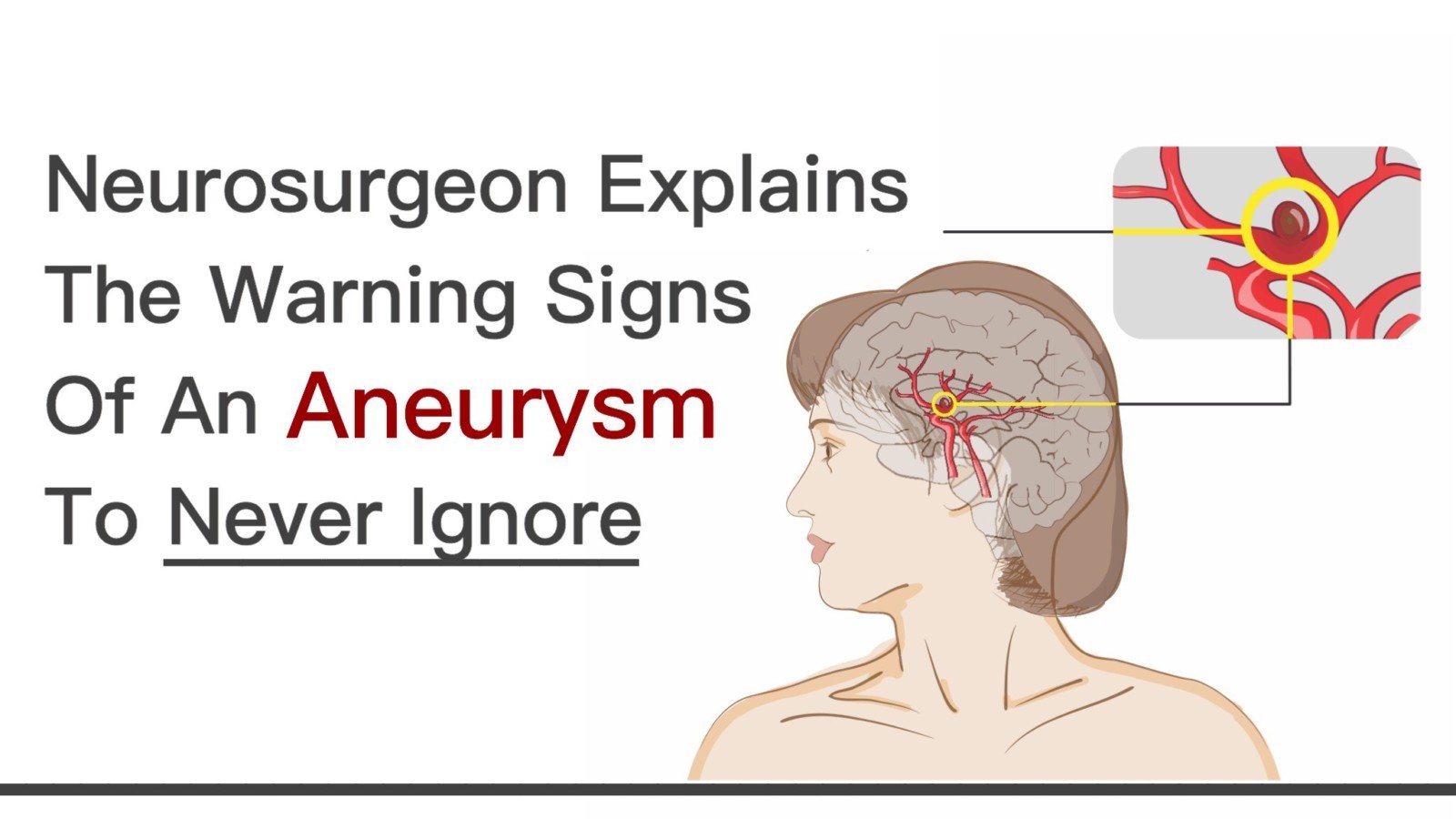Aneurysm: “an abnormal bulge or ballooning of the wall of a blood vessel. An aneurysm can burst (rupture) causing internal bleeding and possible death.”
Migraine: “a throbbing pain or a pulsing sensation, usually on just one side of the head.”~ The Mayo Clinic
LEE BROADWAY’S STORY
On April 1, 2017, Lee Broadway – a wife and mother to four children – died from a brain aneurysm after complaining of a severe migraine. She had suffered from migraine headaches since the age of 8.
Lee’s husband, Eric Broadway, was told by emergency room doctors that “Everything looks good” just two hours before hearing “There’s nothing we can do.”
According to Eric, there had been a severe complication during his wife’s aneurysm procedure. Sadly, this complication resulted in Lee losing too much blood in her brain.
Friends and family celebrated Lee’s life – and what would have been her 42nd birthday – on April 8th, just five days after she passed.
Educating the Public
Dr. Howard A. Riina, professor and vice chairman of neurosurgery at the NYU Langone Medical Center, heard about Lee’s story and decided to take action. He began by reaching out to the public about the nature of aneurysms – and the difference between them and migraines.
Dr. Riina describes the pain felt from an aneurysm compared to the pain felt from a migraine (the writer’s emphases):
” (It’s like) the worst headache of someone’s life. It’s not surprising for someone to come into the emergency room – even if they have a history of headaches or migraines – and say they feel like they’ve been struck by lightning or have a headache that brought them to their knees. It’s this severe, severe headache that’s out of the ordinary.”
He goes on to describe how someone with a history of migraines can tell the difference:
“People with migraines sometimes have auras (visual disturbances), and they have routines and things they do to help relieve the headache — being in a dark, quiet room and taking medicine, things like that. But if that doesn’t help, it could be an aneurysm. It’s a very unique headache, and really the main symptom is feeling like this headache is like none you’ve ever had.”
In short, if you have a history of migraines and your regular self-treatment routines do not help, it’s vital that you immediately seek medical assistance.
A FEW ANEURYSM FACTS
1. ANEURYSM’S ARE RARE
Dr. Riina states that brain aneurysms are very rare. “It’s somewhere between 30,000 to 50,000 cases a year. And ruptured aneurysms (as experienced by Lee Broadway) are a much smaller percentage.”
Click Next Button (>) to see Next









